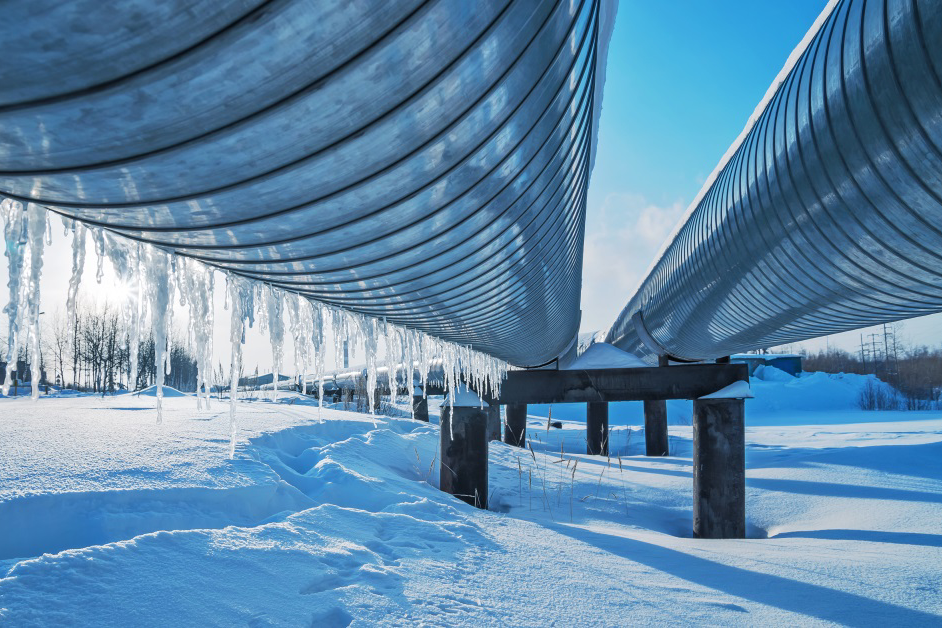· Brian Horton · Pipeline Deals · 3 min read
Thailand Eyes Alaska Gas Project to Cut Trade Surplus and Secure Energy Future
Thailand seeks stake in Alaska LNG project to secure energy supplies and reduce U.S. trade tensions.

Thailand is signaling strong interest in joining a $44 billion Alaskan natural gas pipeline project, a strategic move aimed at strengthening U.S. trade ties and shoring up long-term energy supplies. The initiative comes as Bangkok looks to reduce its $46 billion trade surplus with the United States ahead of potential tariff negotiations under President Donald Trump’s administration.
The proposed Alaska LNG project, which spans 800 miles across the state, has received renewed momentum thanks to Trump’s backing. While still lacking binding investment or purchase agreements, it has attracted interest from key Asian economies including Japan, South Korea, and Taiwan. Thailand is now adding its name to the list of potential partners.
According to a statement from Thailand’s Ministry of Energy, officials recently met with project leaders and Alaska Governor Mike Dunleavy to discuss possible investment in gas exploration, production, and infrastructure. Thailand is also considering a long-term agreement to import between 3 to 5 million tons of liquefied natural gas (LNG) annually from Alaska.
A Strategic Shift in Trade and Energy Policy
Thailand’s interest in the Alaska LNG venture underscores its broader efforts to balance trade with the U.S. and avoid harsh tariffs—namely a proposed 36% levy on Thai exports. In anticipation of upcoming trade negotiations, Bangkok is prioritizing increased imports of American goods such as natural gas, petrochemical feedstocks, and agricultural products.
From an energy perspective, the partnership is equally strategic. Thailand’s domestic natural gas reserves—mainly located in the Gulf of Thailand—are in decline. Currently, domestic production meets only 60% of the nation’s daily demand of 4,500 million standard cubic feet. The remaining gap is filled by LNG imports and supplies from neighboring Myanmar.
With natural gas contributing 58% of Thailand’s electricity generation in 2024, ensuring long-term, stable access to affordable LNG is critical. “The Alaska project could be a viable future option for power generation, especially as energy demand surges due to electric vehicles and data center expansion,” said Prasert Sinsukprasert, Thailand’s Energy Ministry permanent-secretary, who led the delegation.
Key Players and Next Steps
Executives from PTT Pcl, the Electricity Generating Authority of Thailand, and Electricity Generating Pcl—Thailand’s main LNG shippers—participated in the discussions. These companies are now tasked with conducting further talks with U.S. stakeholders, including Alaska Gasline Development Corp. and Glenfarne Group, to explore concrete investment and import deals.
Although the Alaska LNG project has faced years of delays and logistical challenges, including its massive scale and remote location, proponents believe political backing from Washington could accelerate progress. “With President Trump’s support, this project will be completed,” Governor Dunleavy said.
Conclusion
Thailand’s move to join the Alaska LNG project aligns energy security with diplomatic strategy. By investing in U.S. energy infrastructure and increasing LNG imports, Thailand aims to ease trade tensions while ensuring a stable power supply for its growing economy.
- Alaska gas pipeline
- Thailand energy strategy
- Thailand LNG imports